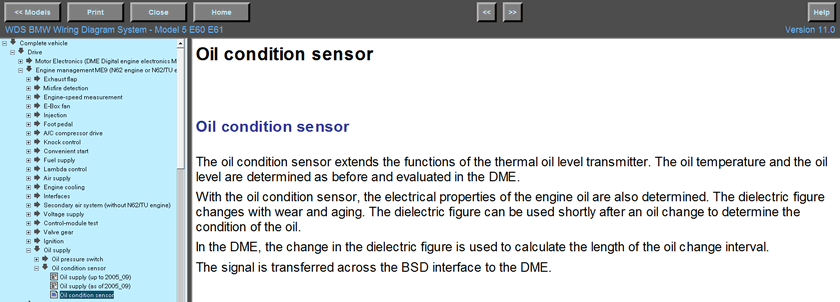Modern BMWs have an oil life meter that can measure oil quality, but I don't understand how they do that and what it even means. It's hard to find definitive information on it. It shows the miles until a change and the approximate date.
The reason I ask is because I feel like my M3 is suddenly counting down to an oil change much faster than before. I had M1 0w40 put in back in December (1500 miles ago, almost 3 months to the day) when the OLM was saying about 7500 miles/April 2015 until the next change. In the pat 30 days it has started adjusting the mileage downward very quickly, and now says 4500 miles until the next change, but the date has stayed at April 2015.
My driving habits have not changed lately and my city/highway breakdown is still roughly the same. I actually made a brief 200 mile roadtrip about a week ago, so the car is definitely getting on the highway and burning off any moisture in the crankcase.
Thoughts? Is it possibly calibrated to the factory-fill Edge Professional TWS or something?
The reason I ask is because I feel like my M3 is suddenly counting down to an oil change much faster than before. I had M1 0w40 put in back in December (1500 miles ago, almost 3 months to the day) when the OLM was saying about 7500 miles/April 2015 until the next change. In the pat 30 days it has started adjusting the mileage downward very quickly, and now says 4500 miles until the next change, but the date has stayed at April 2015.
My driving habits have not changed lately and my city/highway breakdown is still roughly the same. I actually made a brief 200 mile roadtrip about a week ago, so the car is definitely getting on the highway and burning off any moisture in the crankcase.
Thoughts? Is it possibly calibrated to the factory-fill Edge Professional TWS or something?


